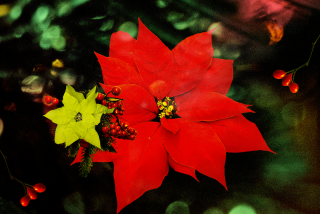The Popularity of Bonsai Grows in North America
- Share via
Bonsai, translated literally, means “tree in a pot.” But this ancient Oriental discipline is so much more than that simple description: It is the art of manipulating branches so a tree or other plant appears to be stunted and shaped by the hand of nature.
More than just a method, bonsai is an art form that requires creativity and an eye for plant selection and pot type. Patience is also required, as the person creating the bonsai must work with nature and not try to control it. The tree is alive, always changing, and needs constant attention. Some bonsai don’t reach their peak for years.
Bonsai experts in Japan sometimes train for decades before they are allowed to go out on their own with these skills, but it is a hobby that is gaining popularity rapidly with gardeners in North America. You don’t have to be an expert to start.
The appeal of trees stunted by nature was first recognized by the Chinese, who collected specimens more than 1,000 years ago. It was the Japanese who, about 150 years ago, first tried to imitate nature by manipulating trees with wires, selective pruning and planting in small pots to retard growth.
Bonsai in America originated on the West Coast, where Japanese Americans began practicing the craft at the turn of the century. It wasn’t until the 1950s that interest in bonsai started to flourish nationwide.
For more information on bonsai:
The American Bonsai Society Inc., Anne D. Moyle, P.O. Box 358, Keene, NH 03431.
Bonsai Clubs International, Virginia Ellermann, 2636 W. Mission Road, 277, Tallahassee, FL, 32304.
More to Read
Sign up for The Wild
We’ll help you find the best places to hike, bike and run, as well as the perfect silent spots for meditation and yoga.
You may occasionally receive promotional content from the Los Angeles Times.






